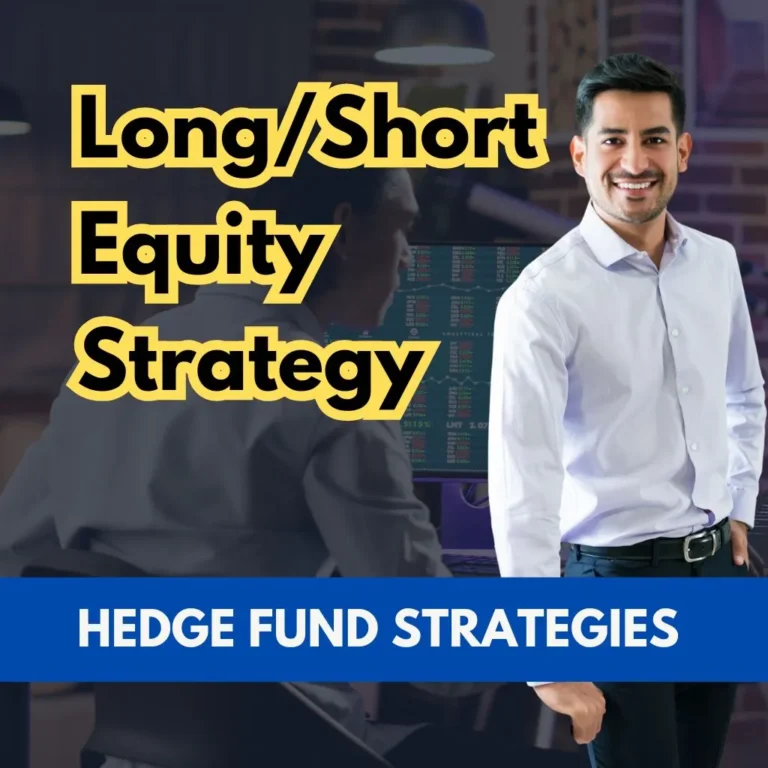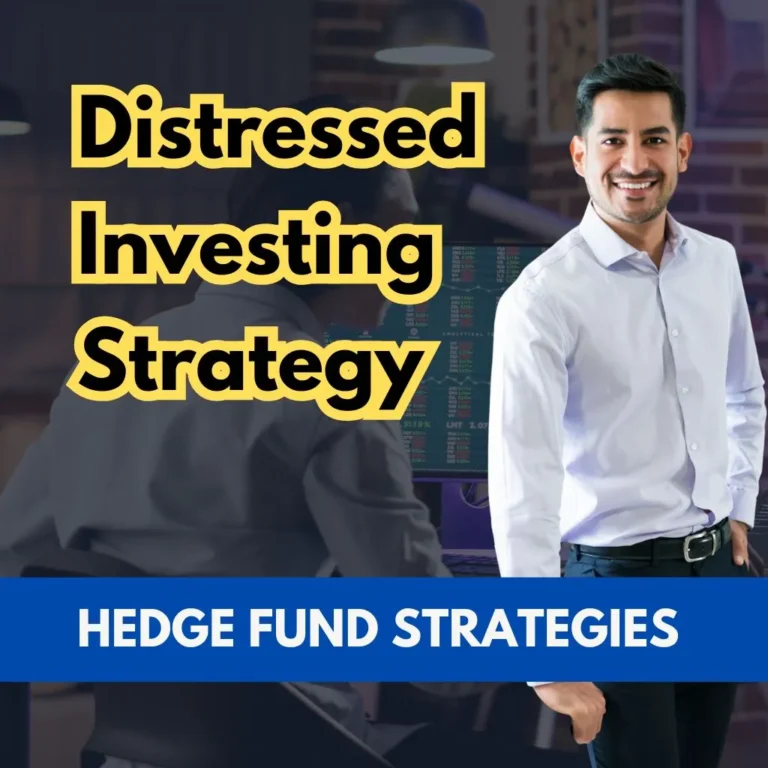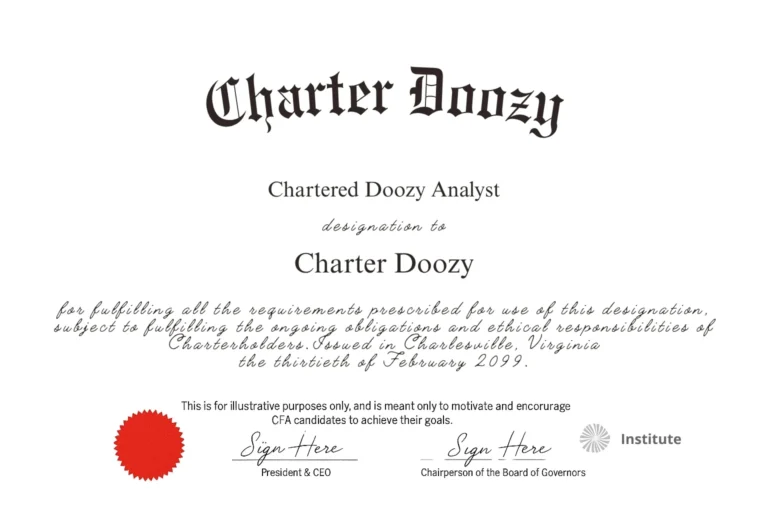The activist hedge fund strategy is one of the most dynamic, controversial, and potentially high-impact approaches in the investment world. Unlike traditional hedge fund strategies that focus on market inefficiencies or arbitrage, activist funds seek to actively influence the direction of a company by becoming a major shareholder and pushing for change.
This strategy involves acquiring significant ownership stakes in underperforming or undervalued public companies with the intent to advocate for strategic, operational, or financial changes that can unlock shareholder value.
Activist investors don’t simply buy low and sell high… they try to reshape the fundamental structure of a business. This might include pressing for a change in management, altering the company’s capital allocation policies, divesting non-core assets, initiating share buybacks, or improving corporate governance.
The goal is to increase the company’s market valuation, thereby boosting returns not only for the activist fund itself but for all shareholders. For CFA candidates, understanding this strategy offers insight into how capital markets, governance structures, and shareholder influence intersect in the real world.
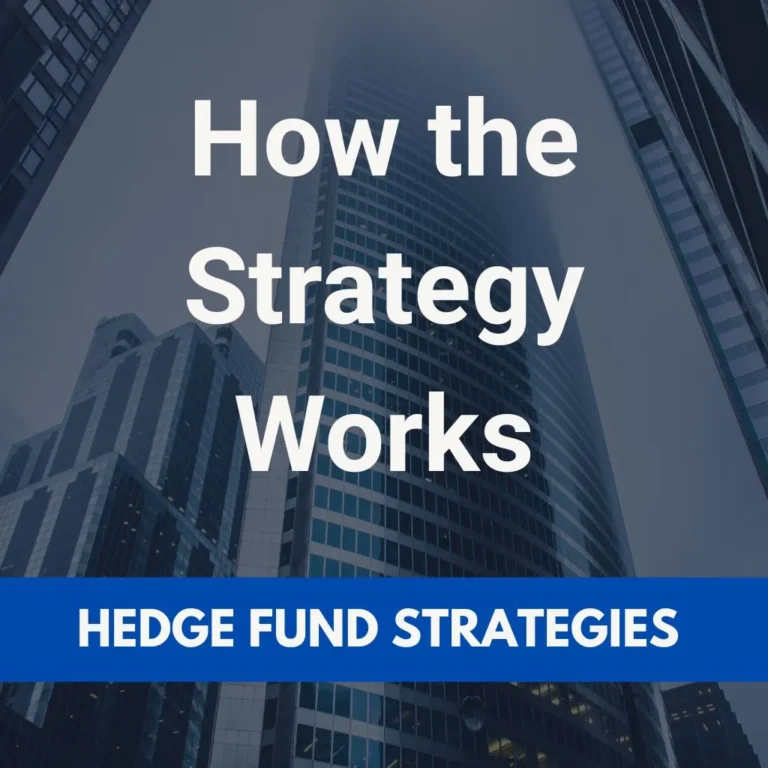
How the Strategy Works
Activist hedge funds begin by identifying target companies that exhibit characteristics of underperformance, strategic drift, or mismanagement.
These companies often trade at a discount to their intrinsic value and may have inefficient capital structures, bloated cost bases, or lackluster strategic execution. The hedge fund performs deep due diligence and then accumulates a substantial equity stake, often in the range of 5% to 10%, large enough to demand attention from management and the board.
Once the position is established, the activist investor may engage the company privately, initiating discussions with management and board members to propose specific changes. If these conversations are unproductive or met with resistance, the fund may escalate the campaign by going public.
This can involve issuing open letters to shareholders, making media appearances, or launching proxy battles to gain board seats and exert greater control.
The strategy requires not just financial expertise but a sophisticated understanding of corporate law, public relations, and negotiation tactics. Successful activism blends valuation acumen with the ability to execute a campaign that can sway shareholder opinion and pressure entrenched management teams.
Interested in Learning About Other Hedge Fund Strategies?
Real World Examples
Activist strategies have played out across multiple industries and geographies. Consider the case of an activist fund urging a diversified industrial conglomerate to break itself into focused, independent businesses. By doing so, the fund argues, each segment can be better understood and more accurately valued by the market.
In another example, an activist investor might demand that a technology firm return excess cash to shareholders via dividends or buybacks, rather than pursuing questionable acquisitions. In still another case, the fund might advocate for replacing a CEO who has failed to deliver returns or for installing more shareholder-aligned board members.
These interventions can lead to dramatic changes in company trajectory and are often closely followed by institutional investors and the media.
For CFA candidates, these examples highlight the tangible impact that shareholder engagement can have on corporate behavior and capital allocation.
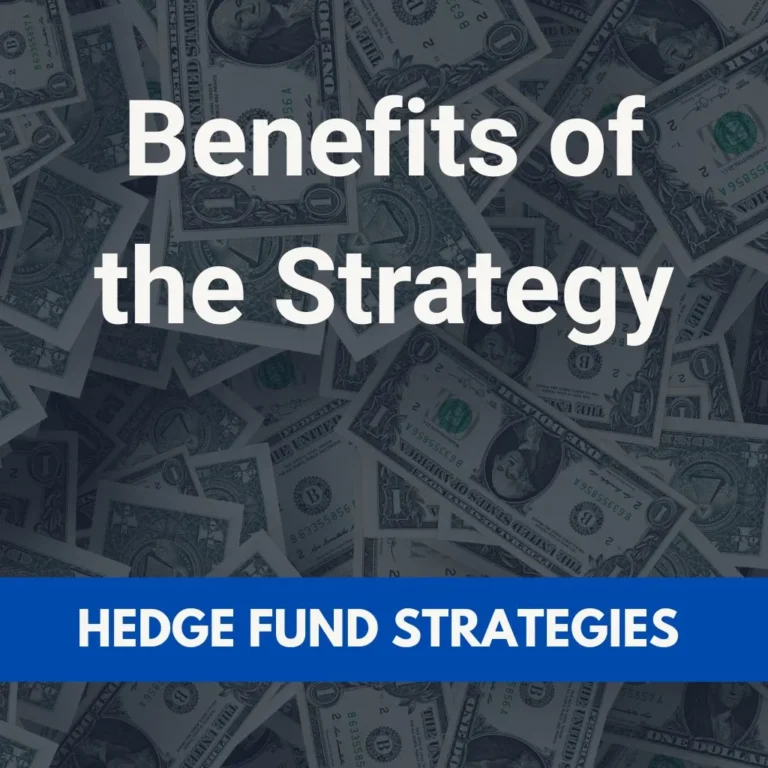
Benefits of the Strategy
When successful, activist campaigns can generate significant alpha. By forcing a reevaluation of a company’s strategy or structure, activist hedge funds often unlock hidden value that the broader market had overlooked.
This is especially compelling for institutional investors looking for idiosyncratic returns that are not tied to general market trends.
In many cases, activism leads to better governance, improved transparency, and increased accountability. These changes are not only valuable in the short term but can have lasting effects on how a company is managed, which benefits all shareholders.
From a broader perspective, activism serves as a check on management complacency and can encourage a more efficient allocation of capital across the market.
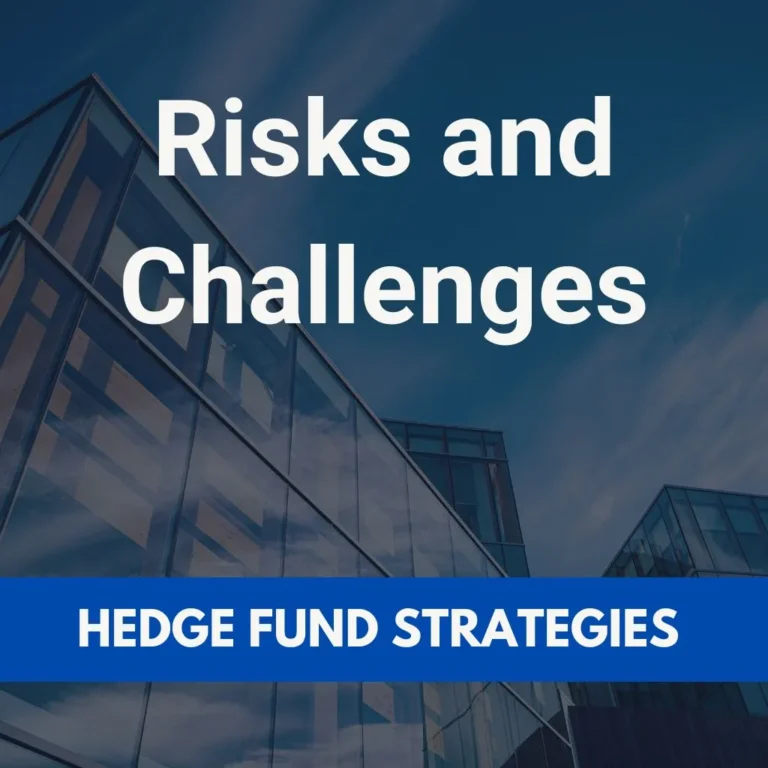
Risks and Challenges
Despite its potential upside, the activist strategy is not without risks. First and foremost, it can be costly and time-consuming. Building a meaningful stake in a public company requires substantial capital, and proxy battles or legal disputes can incur additional expenses.
Moreover, activist campaigns are not guaranteed to succeed. Management teams may resist change, other shareholders may be skeptical, and external events (such as market downturns or regulatory changes) can derail even the most well-reasoned campaign.
There is also reputational risk involved. Activists are sometimes accused of prioritizing short-term gains at the expense of long-term strategy, leading to public backlash or strained relationships with stakeholders. In some jurisdictions, activism may face legal and regulatory scrutiny, which adds complexity to the strategy.
CFA candidates must also understand the behavioral and governance dimensions of activism. Campaigns often involve a contest of narratives, where the activist’s vision for value creation competes with the incumbent management’s defense of the status quo.
Success in this domain requires not just analytical skill but a strong grasp of psychology, leadership dynamics, and investor communication.
Final Thoughts
The activist hedge fund strategy is one of the most intellectually demanding and operationally intense approaches in the hedge fund universe. For those preparing for the CFA exams or entering the asset management industry, it provides a real-world lens into how capital markets interact with corporate behavior and governance. While not suitable for every investor or every situation, activism demonstrates the power of engaged ownership and strategic influence in shaping financial outcomes.
As hedge funds continue to evolve and institutional capital becomes more discerning, activism will likely remain a relevant and sometimes controversial force in the investment landscape. Understanding its mechanics, risks, and potential rewards is a valuable tool in any CFA candidate’s analytical arsenal.

